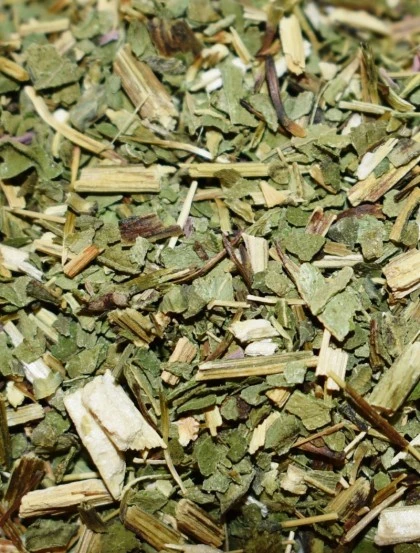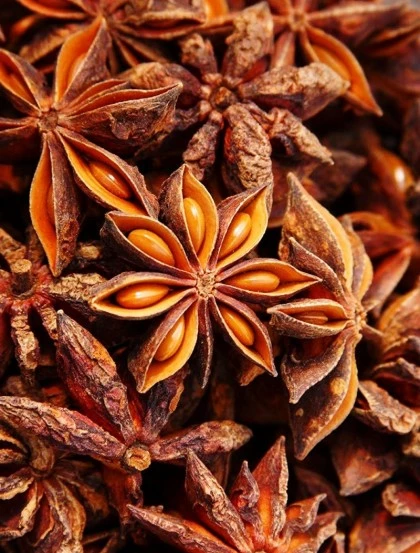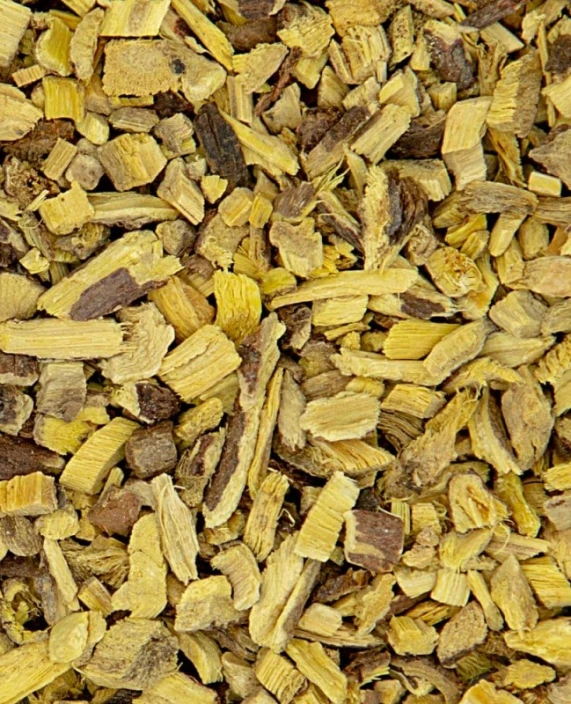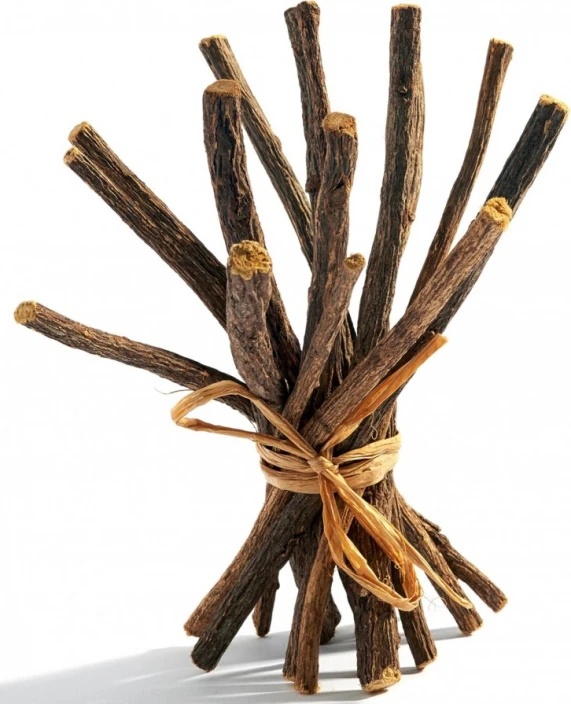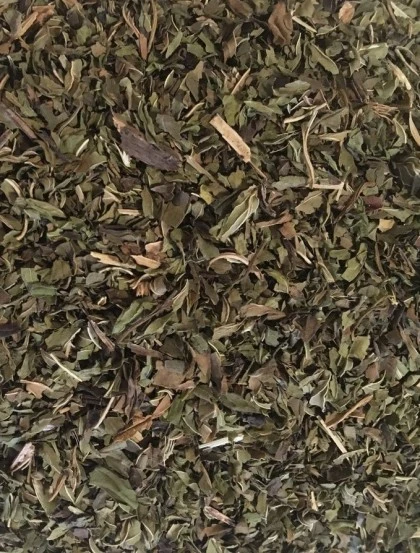Mallow Leaves
Teas | Medicinal Plants | Aromatic Herbs | Tisanes | Infusions
The scientific name"Malva Sylvestris" is a medicinal plant, also known as Malva-cheirosa, Malva-das-boticas, Malva-silvestre, Malva-de-casa, Malva-rosa or Rosa cheirosa.
Malva(Malva sylvestris) is a plant from the Malvaceae family that is very common in mainland Portugal and the islands, and is well known for its lilac-colored flowers. This species of plant grows easily in Europe on land with a lot of vegetation. Although common in the wild, the Blue Mallow can be grown as an ornamental plant in gardens and can reach a height of around 80 centimeters. Blue Mallow flowers can be seen in the wild almost all year round, from late December to early October.
Mallow tea is widely used to treat respiratory problems such as bronchitis, pharyngitis and laryngitis. In addition to treating coughs with phlegm, it relieves sore throats and strengthens the body's defenses. Use it to improve the health of your mouth, throat, lungs, stomach and intestines. You can use mallow tea to treat stomatitis, constipation, gastritis and conjunctivitis.
Another way to take advantage of the benefits of mallow leaves is to use the crushed leaves and flowers to create a poultice that can be applied directly to the skin. As it has a healing action, mallow poultice can be applied to wounds or even insect bites.
Method of preparation:
*Recommended water temperature: 100º
*Infusion time: 10 - 15 minutes.
*Recommended quantity: 2 tablespoons per 500 ml of freshly boiled water. Leave to infuse for 10 minutes.
*Indicative values which may vary according to personal taste.
Store in a cool, dry place away from light.
Keep out of reach of children.
The information contained in the description of this product is for informational purposes only. They do not replace the advice and monitoring of your Doctor.
Our products, which may originally be gluten-free, are not recommended for Celiac patients. Our products are packaged and sold in bulk, so we cannot guarantee that there is no cross-contamination.



